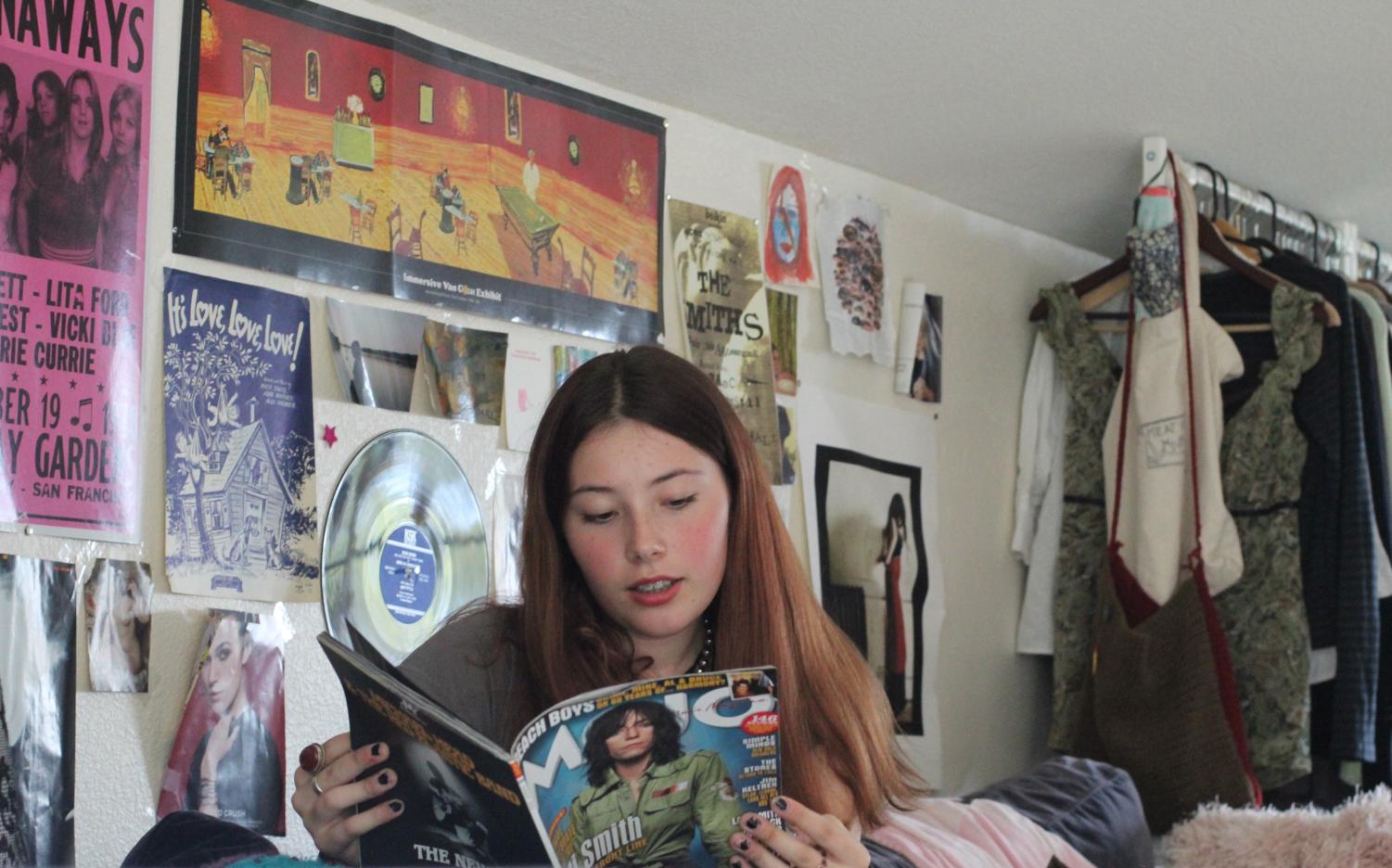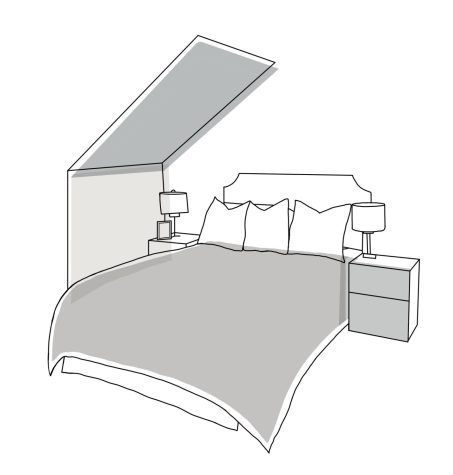Simplicity compared to saturated
The defining aspects of minimalism and maximalism in living spaces
September 28, 2022
“Less is more.” The three-word motto that originated in 1885 was later made famous by German architect Ludwig Mies Van Der Roh and encompasses the minimalist movement in design and as a lifestyle. Maximalist phrases reacted to the idea of limitation, “less is bore” and “more is more.” The appeal of these two aesthetics reaches a wide demographic, people of all ages and around the world.
According to a September 2022 Bark survey, 32 percent of Redwood students associate with minimalism, whereas 18 percent prefer maximalism in their living spaces. The two opposing ideologies minimalism and maximalism are core aspects of design as a whole and often influence other styles.
Minimalism is categorized in several ways, including modern, zen and extreme. Furthermore, multiple interpretations of maximalism are also evident, with a common focus on assorted colors, textures and overlapping decorative elements.
Local expert, Norah Frei has a background in interior design and psychology that supports her expertise in navigating individual spaces as an architect. Frei was introduced to the design industry through her travels while sailing in the past and notes the importance of organization on sailboats, especially at sea.
Frei typically works on residential projects incorporating indoor and outdoor elements into California homes. Specifically, she values the flexibility of purpose in environments people reside in, and emphasizes each person’s “unique requirements.” Throughout her 25 years in the industry, Frei has noticed the individual preferences between a minimalist and a maximalist.
“[Minimalists] are looking for something serene and calming, as opposed to a maximalist that’s looking for high energy and to be entertained by their space. It’s almost like an introvert versus an extrovert,” Frei said.
Frei recognizes her architectural ability to improve the foundations and structure of space, noting the different ways a room can be styled as a minimalist compared to a maximalist.
“I feel when someone’s hiring an architect or a designer, they’re trying to help create a space for themselves that’s an expression of their individuality. I’ve really tried to tune into who they are to make them realize their dreams,” Frei said.
Surrounding herself with memories, favorite pieces of media and artistic inspiration, sophomore Bo Mussallem lives in the “organized mess” of her room. Mussallem’s maximalist interior style has progressed in recent years, and she describes the process of decorating her room as “subconscious personalization.”

“It was a childhood bedroom, my walls were a light blue, and then during quarantine, I was like, ‘I don’t like this bedroom anymore. I feel like it doesn’t reflect who I am. I’ve outgrown it,’” Mussallem said.
Spending ample time in her room during the COVID-19 lockdown, Mussallem displayed posters on the wall starting from the middle and building outwards. She mixes printed images, art pieces, polaroid pictures, movie tickets, film photos, stickers, old vinyl and CDs to create her mural. The various media on her walls represent parts of herself and her friends.
After moving houses last February, Mussallem incorporated unique pieces of furniture, including a blue velvet couch and exposed clothing racks that line her room walls. In addition, her almost entirely collage-covered walls pull visitors’ focus to the center area of the room.
“It might look like a mess but it’s not because everything is [located] where I do that thing. All of the magazines scattered across my coffee table are there because I sit on my couch and read my magazines. Everything has a place,” Mussallem said.
Mussallem’s artistic lifestyle and daily habits are engraved in the shape of her space. Her desk holds makeup items for the mornings and her study materials for the afternoons. She prepares for school around her couch and uses it with her friends.

Unlike the saturated nature of maximalism, clean lines, separated items and a set color palette appeal more to minimalists. Interested in the simplicity of minimalism from a young age, senior Luc Poulin maintains an industrial and neutral design in his spaces today.
“I can’t do anything if there’s clutter in my room or I can noticeably see things in my field of vision that are distracting. Having a clean space makes me feel productive,” Poulin said.
Impacting his daily lifestyle and workflow, Poulin’s integration of minimalism functionality is at the core of his aesthetic. Minimalism portrays Poulin’s personality and influences his fashion style, mannerisms and other design choices, but is explicitly prominent in his bedroom.
“I try to make my living space as simple as possible and keep everything clean, with bleak colors and clean materials,” Poulin said.
The contrasting ideals inspiring minimalism and maximalism drive the two aesthetics apart visually, but they are both forms of organization in their most organic function. Moreover, these styles represent and simultaneously shape a person’s daily routines physically and psychologically.
“I love my bedroom. I didn’t always have such strong feelings about my bedroom and now I do because I’ve decorated it,” Mussallem said. “I could spend forever here so I think everyone should love their own space.”








